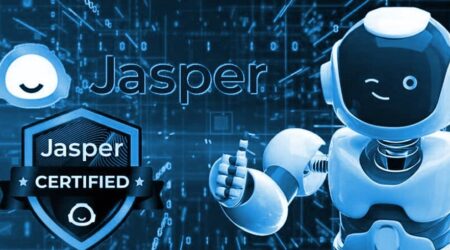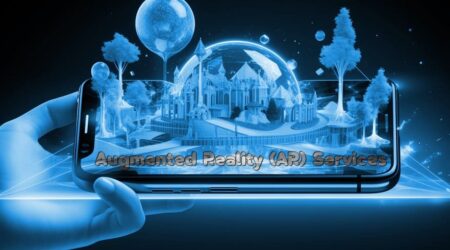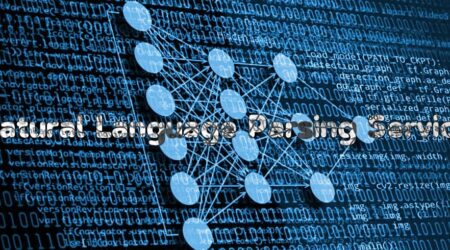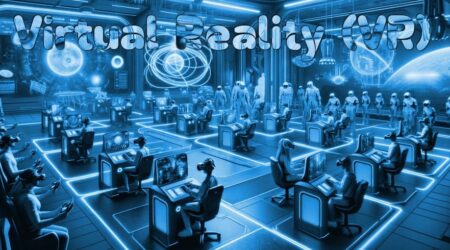In the digital era, where customer interaction is paramount, Chatbot Development stands as a game-changing technology. These AI-powered assistants are revolutionizing industries, primarily customer service and e-commerce, by offering unique and seamless interactive experiences.
Understanding Chatbots
A chatbot is an AI-driven software designed to interact with humans in their natural language. They’re found on websites, apps, and are even integrated into social media platforms. Chatbots can be categorized primarily into rule-based, which follow predefined rules, and self-learning bots, which learn from their interactions using Machine Learning (ML).
The Process of Chatbot Development
Defining the Purpose
Every great chatbot starts with a clear purpose. It could be handling customer queries, assisting in online shopping, or collecting user information. The purpose guides the design and development process.
Designing the Chatbot
Designing involves determining the chatbot’s flow and personality. The conversation flow depends on the bot’s purpose, while the personality should align with the brand image.
Developing the Chatbot
This is the core stage where the chatbot is coded. The complexity at this stage varies depending on the chatbot type, with rule-based bots being simpler to develop than AI-powered ones.
Testing and Deployment
After development, the chatbot undergoes rigorous testing to ensure it responds correctly. Once it passes the testing phase, it is deployed on the desired platform.
Maintenance and Updates
The work doesn’t end after deployment. Regular maintenance and updates are necessary to improve the chatbot based on user feedback and changing needs.
Role of AI in Chatbot Development
AI is crucial in creating a chatbot that can understand and respond to user queries effectively.
Natural Language Processing (NLP)
NLP enables chatbots to understand and process human language, making interactions more natural and effective.
Machine Learning
Machine Learning empowers chatbots to learn from their past interactions and improve their responses over time.
Chatbots for Customer Service
Chatbots can handle multiple customer queries simultaneously, provide instant responses, and are available 24/7. They reduce the workload on human agents and increase customer satisfaction. Companies like Zappos and Sephora have leveraged chatbots effectively for customer service.
Chatbots for Online Shopping Assistance
Chatbots have transformed the online shopping experience. They provide personalized product recommendations, assist in the purchasing process, and handle post-purchase inquiries. Notably, H&M and eBay have integrated chatbots to assist their customers in online shopping.
More Applications of Chatbots
Beyond customer service and online shopping, chatbots are gaining traction in sectors like healthcare for appointment scheduling, in banking for handling simple transactions, and even in education for personalized learning.
Future of Chatbot Development
As technology evolves, the role of chatbots will become more sophisticated. Predictions suggest a rise in voice-enabled chatbots, more personalized customer interactions, and integration of chatbots across multiple platforms.
Conclusion
Chatbot Development is more than a buzzword; it’s a strategic necessity in today’s digital landscape. As businesses strive to provide exceptional customer experiences and streamline operations, the role of chatbots will only grow, making it a fascinating field to watch.
FAQs
How can a chatbot improve my business?
Chatbots can enhance customer service, drive engagement, provide personalized experiences, and save operational costs by automating routine tasks.
Is it expensive to develop a chatbot?
The cost varies depending on the complexity, functionality, and the platform where the chatbot will be deployed. However, with the ROI they provide, chatbots are a worthy investment.
How long does it take to develop a chatbot?
It depends on the complexity of the bot. A simple rule-based bot could be developed in a few weeks, while a sophisticated AI-powered bot might take several months.
Can a chatbot understand multiple languages?
Yes, with the help of Natural Language Processing, chatbots can be programmed to understand and interact in multiple languages.
Can a chatbot replace human customer service agents?
While chatbots are efficient, they cannot completely replace humans. They’re best used in conjunction with human agents to handle routine queries, while complex issues are escalated to humans.
Kind regards








